Articles on Wisconsin legal history
Olympia Brown and Wisconsin women's struggle for the vote
Written by Joseph A. Ranney, Attorney at Law
Ph: (608) 283-5612
Olympia Brown was born in Michigan in 1835 into a family that actively supported many of the progressive causes of that time, particularly abolition of slavery and women's rights. Brown spent her life trying to destroy barriers against women in many areas, and she was the most prominent early leader of the women's rights movement in Wisconsin.
Brown graduated from Antioch College in 1860 at a time when it was almost unheard of for women to go to college. She went on to the Universalist Theological School and in 1863 became one of the first women ministers in the United States. Brown soon became active in the national women's suffrage movement and remained one of its most prominent figures all her life.
In the late 1860s Brown was active in an unsuccessful movement to broaden the 14th Amendment to the U.S. Constitution, which is the foundation for most modern civil rights laws, to include guarantees of civil rights for women as well as blacks. She served various Universalist congregations in New England before moving to Wisconsin in 1878 to take charge of a church in Racine.
The Wisconsin Women's Suffrage Association (WWSA) was formed in 1869 to advance women's rights in Wisconsin, particularly the suffrage movement. Brown joined soon after she came to Wisconsin and quickly became a leader.
After years of intense lobbying, in 1886 the WWSA persuaded the Legislature to give women a limited right to vote—in school elections only. Women had long been identified with the public schools and school reform, so the men who made up the Legislature were less resistant to giving them the vote in this area.
The 1886 law allowed women to vote "in any election pertaining to school matters." When Brown tried to vote in the 1887 spring election in Racine, local officials turned her away because the ballot contained both school offices and other offices and they could not be sure she would vote for school offices only. Brown sued the city: she argued that the law allowed women to vote freely for all offices at any election where school offices were on the ballot.
Judge John Winslow, who was later to become chief justice of the Wisconsin Supreme Court, agreed with Brown. But the next year the Supreme Court overturned Winslow's decision in the case of Brown v. Phillips. It said women could not vote at school elections unless the Legislature provided for special ballots containing school candidates only. The Legislature refused to do this, and as a result women were deprived of even school election voting rights until 1901.
Brown was deeply disappointed with the court's decision, and the WWSA never fully recovered from the loss of the case. Leadership of the women's movement passed from the WWSA to the Wisconsin Federation of Women's Clubs, which preferred a less confrontational and more gradual approach to suffrage. Brown tried to work with the Federation and campaigned actively in 1912 for a referendum on suffrage which almost won the vote for women.
But the referendum lost. Wisconsin women then decided that the state was "hopeless" for suffrage and concentrated on persuading Congress to pass a federal constitutional amendment. Brown, who by now was a revered elder stateswoman in the movement, continued to work hard for the cause. In 1920, at the age of 85, she finally saw success: Congress passed the 17th Amendment to the U.S. Constitution, giving women the right to vote in federal elections, and Wisconsin was the first state to ratify it. Brown continued to work actively for women's rights until her death in 1926.

